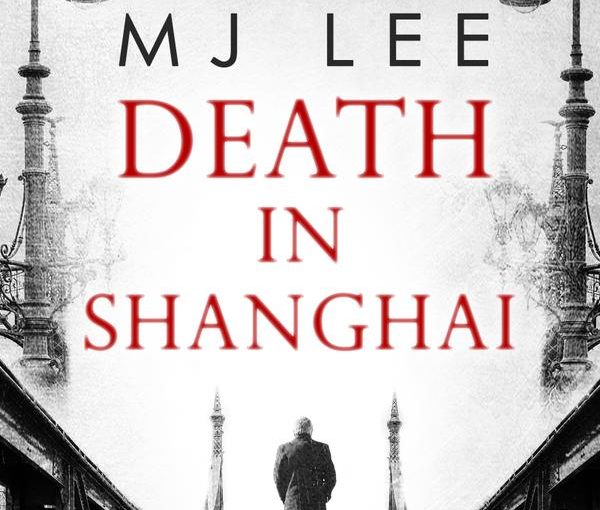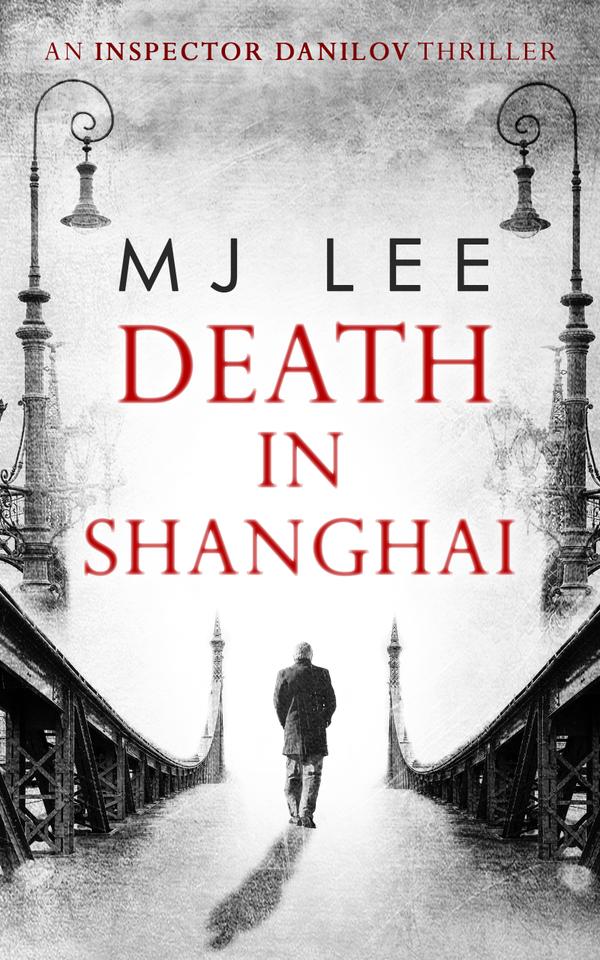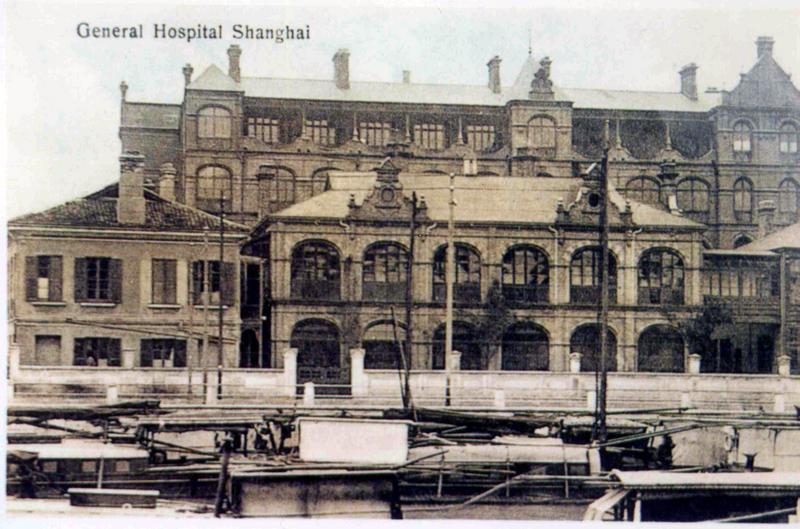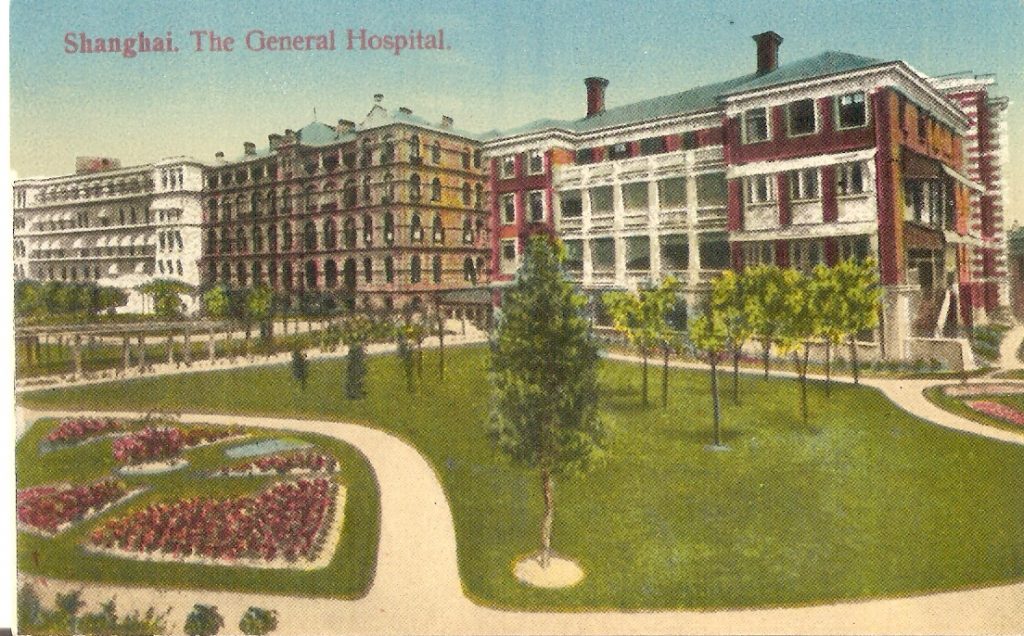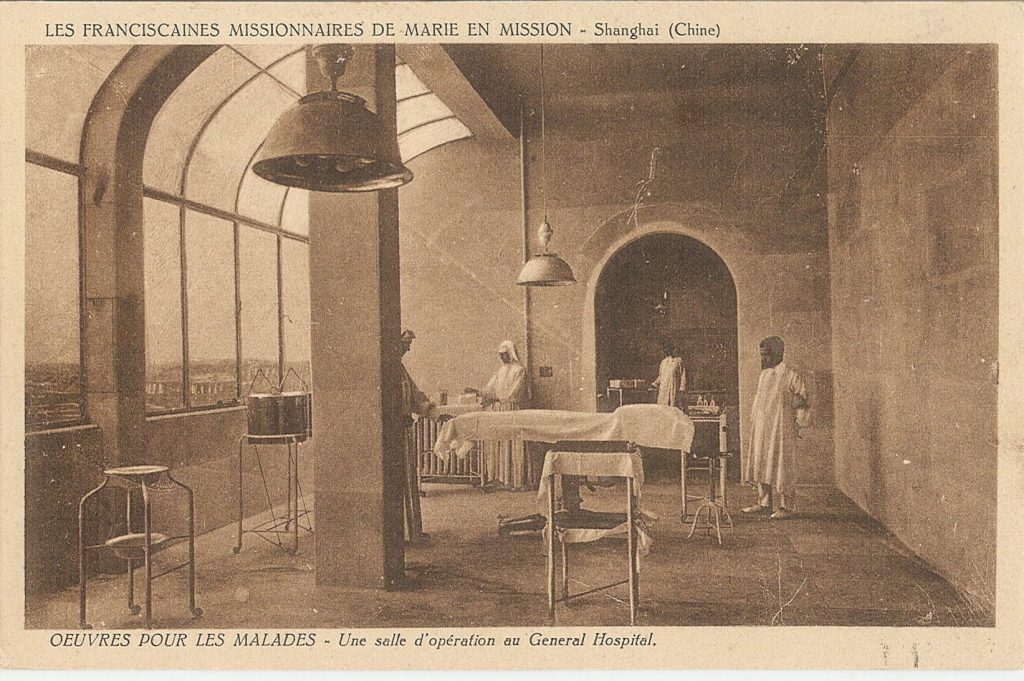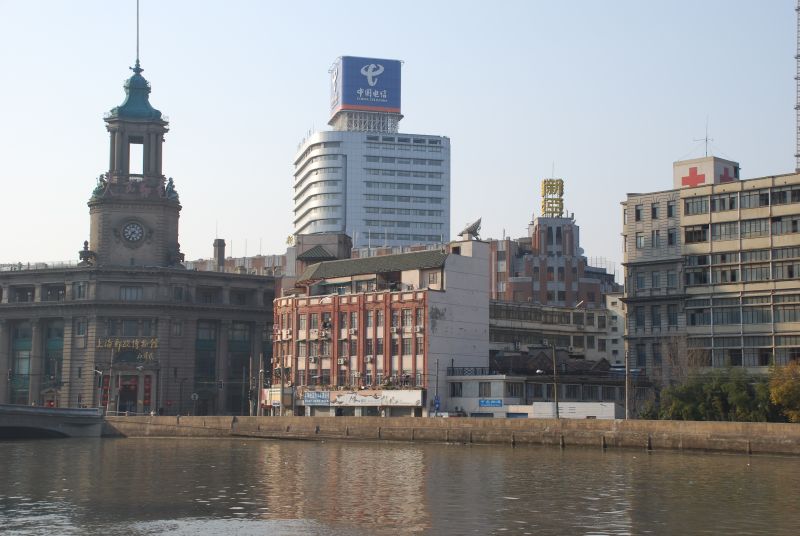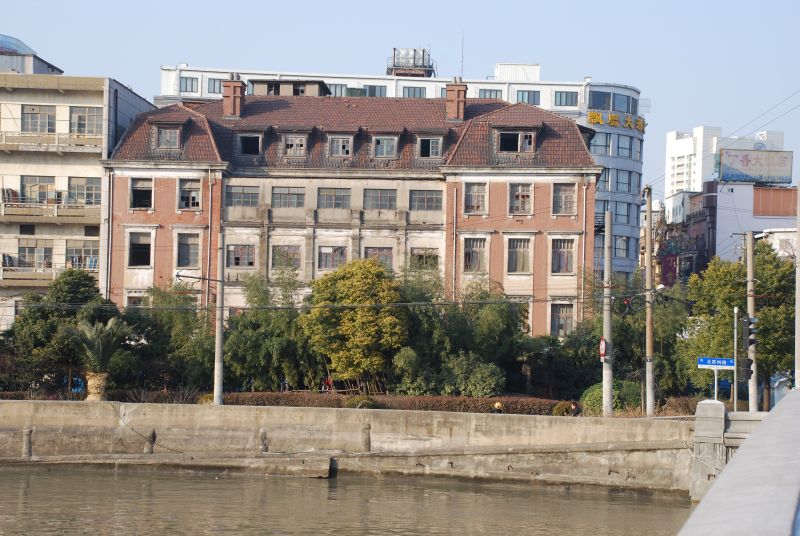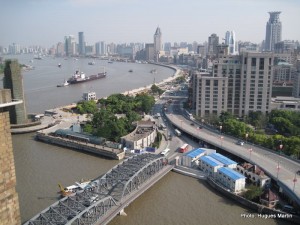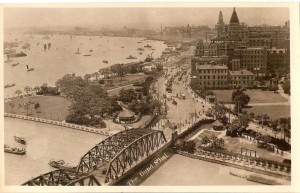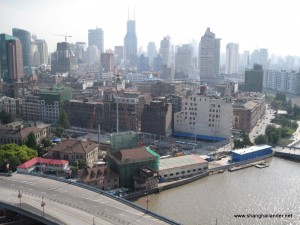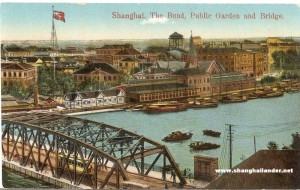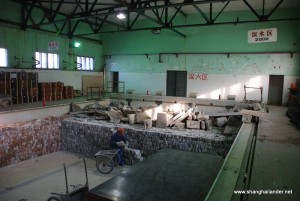I have read a number of novels taking place in Old Shanghai, but for some reason I missed MJ Lee’s “Death in Shanghai” until now. It is amazing I did not get to read it before, having been interested in both crime novels and Old Shanghai for a long time.
Piotr Danilov is the only foreign inspector in the Shanghai International Settlement’s Police Dept. Being Russian, he spent time in Scotland Yard, hence his excellent command of English. He also speaks French although where or how he learned is not clear. This conveniently helps him being sent to discuss with the French concession police when required. As a hard working cop, he is very much isolated among his moslty lazy, violent and corrupt British colleagues. Danilov also has his dark past that will be uncovered through the novel. Danilov’s sidekick, Strachan, is also an outsider being born of a British father and a Chinese mother and not being part of any of those communities.
The book starts with a corp discovered in the Suzhou Creek with inspector Danilov being put in charge of the investigation. The police hierarchy wants a quick found convict, but soon more murders will be linked to this one, both in the International Settlement and the French Concession. The books plot is complex but not overly so, making it a fluid read.
The main character of the book is not a person, but a city. MJ Lee has lived in Shanghai and definitely used historical documentation to write his novel. The city description is not limited to its buildings but also includes scents, food tastes and sounds giving a lot of atmosphere to the story. It is mostly accurate in its geography of the city giving a lot of credibility to it from an Old Shanghai enthusiast point of view. One of the twists of the story actualy comes from the Garden Bridge on the Suzhou Creek and the Shanghai Morgue, inside the Shanghai General Hospital, being located close to each other. Although the book has been historicaly researched, the novel does not become a show of the author’s knowledge of Old Shanghai like other ones I have read before. The story reads easily even if the reader knows nothing about Old Shanghai.
As an Old Shanghai researcher I could not avoid picking a few anachronisms. As an exemple, the author mentions “Art Deco” buildings and jewelery in 1928, when the term “Art Deco” was only coined in the 1950s or 1960s (see post “1925 when art deco dazzled the World“) . Another point is the mention of the “Shanghai Badlands” in 1928, an area that became known under this name only after 1937 Japanese occupation. I also noticed a small mistake in the French dialogs when a gard at the French police was called a “fonctionnaire”, meaning civil servant which sounds pretty weird in the story. The author surely meant a “factionnaire”, meaning a “soldier on duty”. This also shows that the author probably speaks French himself, as the French dialogues are very good in the book.
With its historical accuracy, its interesting plot and good writing style, “Death in Shanghai” is definitely a great read and a good introduction to Old Shanghai. I am looking forward to read the three other novels in the series. Having lived in the Shanghai at the same time as the author, I can only regret that we did not meet then as we would have had a number of common interests.
For those mosty interested in crime novel in new Shanghai, I can only recommend the famous Inspector Chen series from author Qiu Xiaolong (See post Red Mandarin dress for more details).
